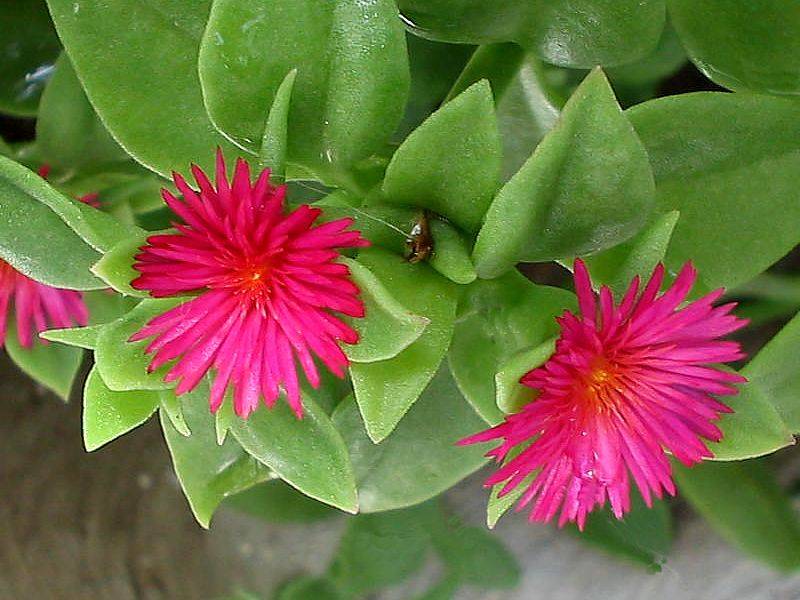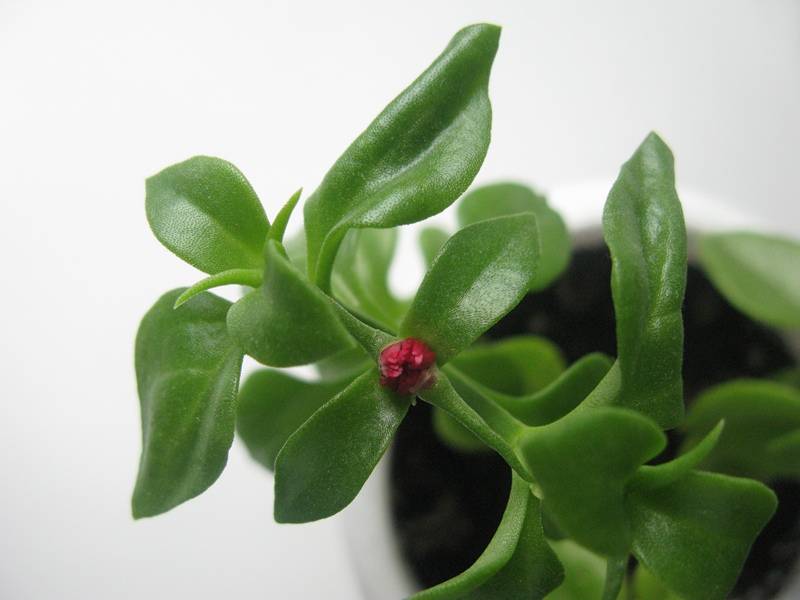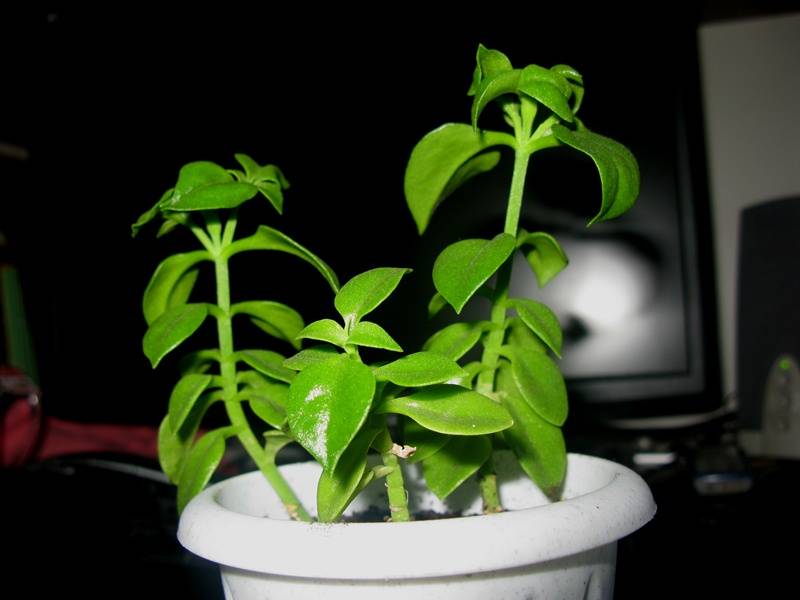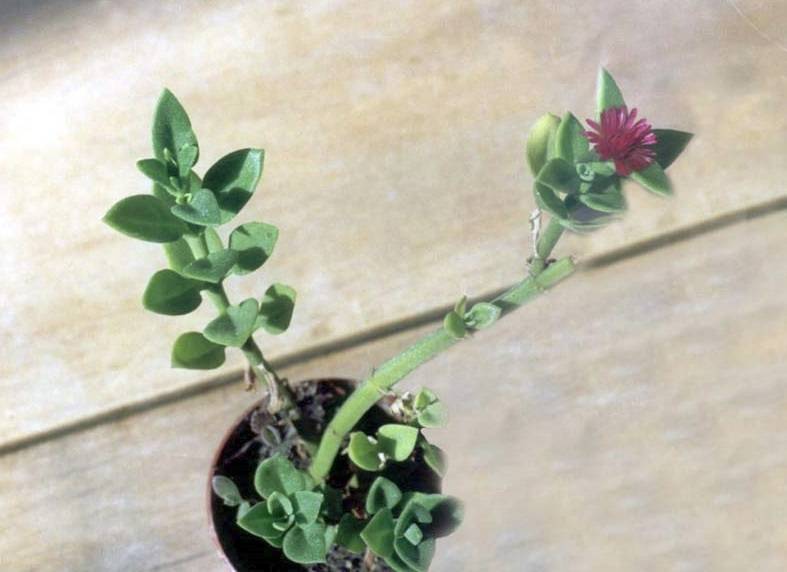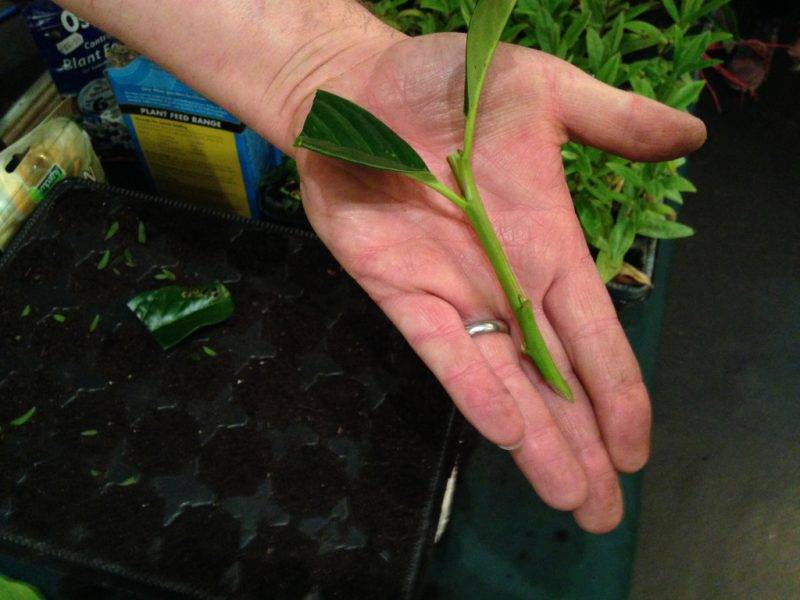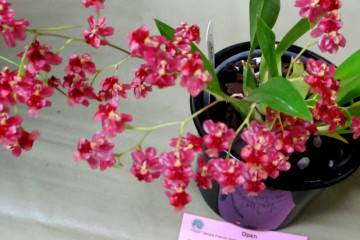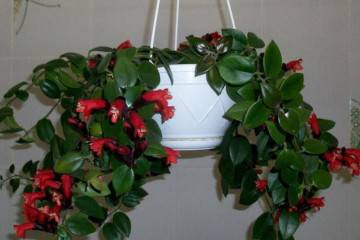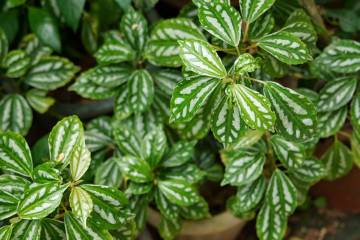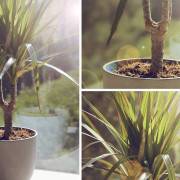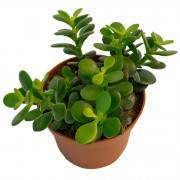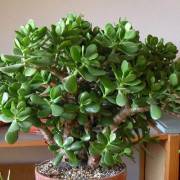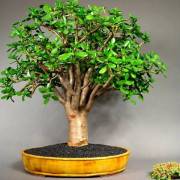Aptenia - care and reproduction of a flower
Content:
Aptenia is a very beautiful creeping succulent. This plant has gained popularity among flower growers due to its high decorative effect, durability and undemanding conditions of keeping. This flower can decorate any home, it will look harmonious both in combination with other plants and in a single planting. Information on how to care for it is provided below.
Aptenia - what is this flower
Aptenia is an evergreen succulent plant from the Aizovy family. The flower looks great both in hanging pots, and spreading like a solid carpet over the surface of the earth. Flowering occurs in April-August. The homeland of the flower is Africa and Australia.
Short description
Leaves are fleshy, dense, heart-shaped or lanceolate. The color is variegated. The size of the leaves does not exceed 3 cm in length. Scourges grow up to 60 cm. Shoots are thick and fleshy, creeping, can grow up to 1 m. The flowers are pink or red small (up to 1.5 cm in diameter). After flowering, a fruit is formed that looks like a capsule with chambers. Inside each chamber there is one large seed with a rough black-brown surface.
Popular types of aptenia
Aptenia, as an indoor flower, has such varieties as heart and variegated. The same varieties are used when creating landscape design.
Aptenia cordifolia (Aptenia cordifolia)
Aptenia cordifolia grows up to 25 cm in height. The leaves are lanceolate, fleshy, bright green in color. Their size does not exceed 2.5 cm. Shoots are creeping, spreading, gray-green in color, they can reach up to 60 cm in length. Inflorescences are small, they consist of 2-3 flowers, not exceeding 1.5 cm in diameter. It blooms with purple or crimson flowers that form in the upper leaf axils on the lateral shoots of aptenia.
Variegated Aptenia (Aptenia Variegata)
This type of aptenia is distinguished by its small leaves and flowers. Shoots are short. The main difference is the color of the leaves. Their color is light with specks and spots of any size and shape. They are located symmetrically or chaotically. The leaves are spotty due to the fact that there are mutant cells in the vegetative organs of the flower. They do not take part in photosynthesis, and as a result, spotting appears.
Aptenia care at home
Aptenia, care and reproduction that not everyone can do, requires special conditions of detention. The main thing when growing a flower is to take into account all the conditions that are necessary for succulent plants.
Illumination and temperature conditions
Aptenia is very fond of light.In summer, it is better to take it outside, where it will feel great in direct sunlight. If in the summer the flower will be indoors, then it must be shaded from direct sunlight at noon. It is not necessary to do this in the autumn-winter period.
The ideal air temperature for aptenia in summer is 20-25 ° C. In winter, it is better to move the pot with the plant to a cool (10-15 ° C), but well-lit room. With a warm winter, the flower will have to be illuminated with fluorescent lamps.
Watering rules and humidity
During an active growing season, the plant is watered once every 1.5-2 weeks, allowing the topsoil to dry well. From November to February, when the flower is in the dormant phase, watering is reduced to once a month.
The aptenia plant is not particularly demanding on humidity, it will feel comfortable at rates of about 40-60%.
Top dressing and soil quality
During the growing season (spring-summer), the aptenia is fed once a month. For this, complex fertilizers are used, designed specifically for cacti and succulents. In winter, the plant does not need feeding.
For planting a flower, it is better to use a special soil that is designed for growing cacti and succulents. But if you wish, you can prepare the soil yourself. For this, sand and leafy earth are mixed in equal proportions.
Flower container size
Variegat pots for aptenia can be anything, but it is important that they are not too spacious for the root system. Since this flower is most often grown in ampelous form, it is necessary to choose wide, but not deep pots with drainage holes.
Pruning and replanting
The plant needs formative pruning, which is carried out in the fall. Pruning in the spring will result in flowering a few weeks later.
Reproduction of aptenia
The plant can be propagated by seed or cuttings.
Growing Aptenia from seeds:
- Soak the seed in a growth stimulator.
- Pour the prepared substrate into a wide pot or container, treat with fungicide and water.
- Spread the seeds over the surface and press lightly into the soil.
- Cover the container with plastic wrap and leave at 21 ° C. When shoots appear, the film must be removed.
- Water the plantings as the soil dries out.
- When the first true leaves appear on the sprouts, they need to be transplanted into separate small containers.
Propagation by cuttings:
- Cut off the shoots, treat the cut sites with charcoal, leave to dry.
- To root the cuttings, take a prepared substrate (vermiculite + soil for succulents or sand + soil), pour it into a pot and deepen the shoots into it by 2-2.5 cm.
- Place the pot with plantings in a shaded place where direct sunlight will not fall on the plant.
- After rooting, transplant the cuttings into separate pots.
Many growers often ask what to do with Aptenia seed bolls. The seeds remaining after flowering are used for flower propagation.
Pests and diseases
Problems that flower growers may face when growing aptenia at home:
- leaves fall. This is due to overdried or overly moist soil. It is necessary to organize proper watering;
- the plant does not bloom. The reason is insufficient lighting. It is worth organizing additional lighting;
- stems rot.This happens due to stagnant moisture. The plant must be transplanted into new soil.
Aptenia is often affected by aphids, scale insects, mealybugs. To combat these pests, use a weak soap solution or special insecticides.
Caring for aptenia at home does not cause any particular difficulties. In addition, this undemanding plant can be grown both in pots on the windowsill, and in hanging pots and in the garden on a flower bed. The main thing is to follow the rules described above.


